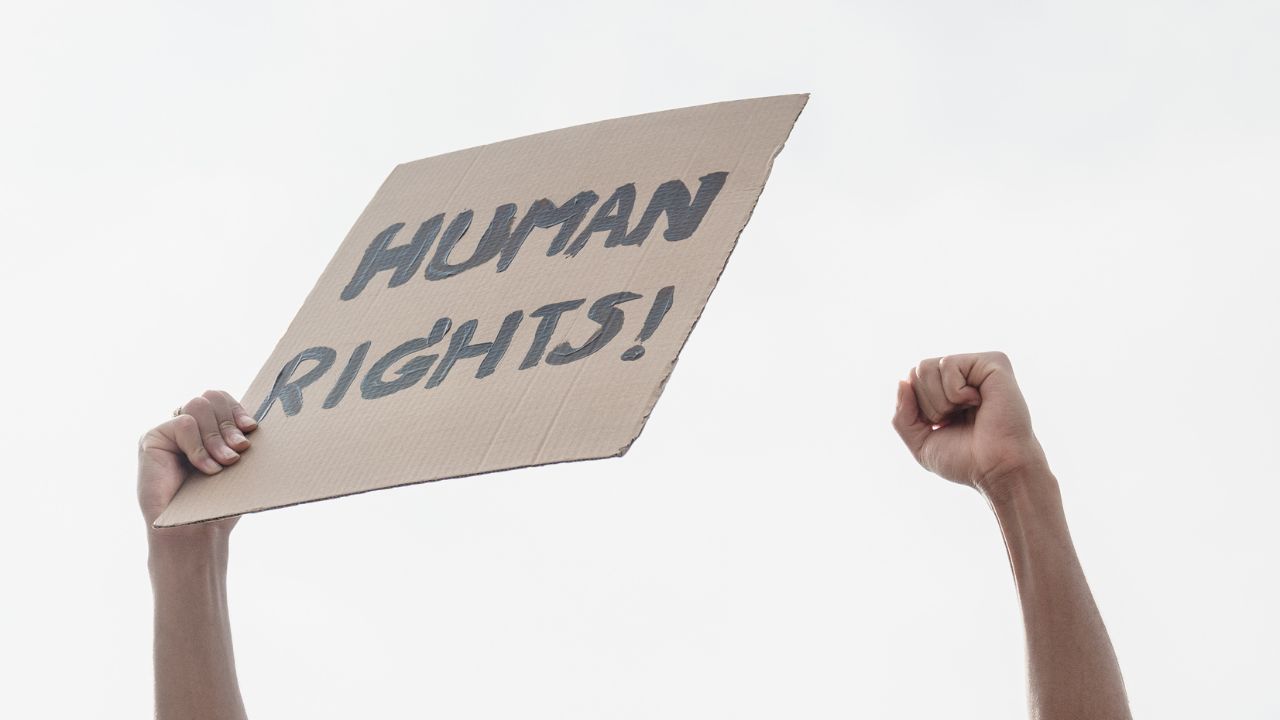Table of Contents
An internet shutdown refers to the deliberate disruption or cessation of internet services within a specific geographic area by government authorities or other entities with the capability to control telecommunications infrastructure. Internet shutdowns can be partial or complete, temporary or prolonged due to various reasons, including political, social, economic, or security concerns. Internet shutdowns often violate fundamental human rights, such as individuals’ right to freedom of expression and access to information. This type of disruption often limits people’s ability to communicate, express themselves, and access information, undermining democracy and civil liberties. Internet shutdowns disrupt business operations, e-commerce, and financial transactions, which can lead to economic losses for businesses, particularly those relying heavily on online sales and communication platforms. It also affects the livelihoods of individuals who depend on the Internet for work or jobs. In today’s age, internet shutdowns also interfere with the operations of educational institutions that heavily depend on the Internet for instruction, learning, and resource access. These disruptions directly impact students’ ability to attend online classes, access educational materials, and communicate with teachers and peers.
In the healthcare industry, the Internet has become an essential component as it facilitates communication between patients and healthcare providers, telemedicine services, and access to medical information. Shutdowns can disrupt these services and potentially affect patient care and public health efforts. Internet shutdowns can hinder social movements, protests, and political organizing by limiting communication and coordination among activists and citizens. It can also suppress dissent and prevent the spread of information about government actions and human rights abuses. Shutting down the internet can lead to alternative communication methods, such as encrypted messaging apps or virtual private networks (VPNs), which may be more difficult for authorities to monitor and control. This can undermine efforts to regulate online activity and increase security risks. Countries that frequently impose internet shutdowns may face criticism from the international community and damage their reputation as supporters of free speech and human rights. Consequently, the nation might experience economic and diplomatic repercussions.
India has seen an alarming increase in the frequency and severity of internet shutdowns over the last ten years. The number of total internet shutdowns in India has increased 32 times in the last decade, from just three shutdowns in 2012 to 96 in 2023. The number of internet shutdowns in India peaked in 2018. These findings imply that policy changes are desperately needed to control the use of internet shutdowns better. Governments may use public safety or national security as justifications for these actions, but they must weigh these considerations against citizen rights and democratic governance ideals. Clear policies and accountability systems are necessary to avoid the capricious and overuse of shutdowns. Governments may investigate increasingly complex strategies to regulate internet access as technology develops, like limiting bandwidth or focusing on particular platforms and services (fig: 1).
Fig: 2
A total of 433 internet shutdowns were reported in Jammu & Kashmir, highlighting the region’s distinct sociopolitical environment and security issues. Although to a lesser extent, other states such as Rajasthan (100), Manipur (47), and Haryana (38) also saw a comparatively high number of shutdowns, indicating localised problems or unrest. Shutdowns are more common in states with conflict zones or internal security issues, like Jammu & Kashmir and Manipur, and are frequently connected to initiatives to uphold law and order or fight militancy (fig: 2).
Overall, India’s upward trend in internet shutdowns reflects a complex interplay of political, social, and economic factors. Addressing this issue requires a multi-stakeholder approach involving governments, civil society, and the private sector to safeguard digital rights, promote transparency, and ensure the uninterrupted flow of information in the digital age.
References
- Internet Shutdowns Tracker by – SFLC.in. (n.d.). Internet Shutdowns Tracker By – SFLC.in. https://internetshutdowns.in/
- FAQ on Internet shutdowns – Internet Freedom Foundation. (n.d.). Internet Freedom Foundation. https://internetfreedom.in/shutdowns-faq/
- Momen, M. N., & Das, D. (2021). Mediated democracy and internet shutdown in India. Journal of Information, Communication and Ethics in Society, 19(2), 222-235.
- Qadir, S., & Jaggarwal, S. (2021). A study on reasons of internet shutdown in J&K. J. Maharaja Sayajirao University of Baroda, 55(2), 172-179.
About Author:
Pankaj Chowdhury is a former Research Assistant at the International Economic Association. He holds a Master’s degree in Demography & Biostatistics from the International Institute for Population Sciences and a Bachelor’s degree in Statistics from Visva-Bharati University. His primary research interests focus on exploring new dimensions of computational social science and digital demography.
Disclaimer: The views expressed in this article are those of the author and do not necessarily reflect the views of 360 Analytika.
Acknowledgement: The author extends his gratitude to the Internet Shutdowns Tracker by – SFLC.in for providing data support.
This article is posted by Sahil Shekh, Editor-in-Chief at 360 Analytika.

